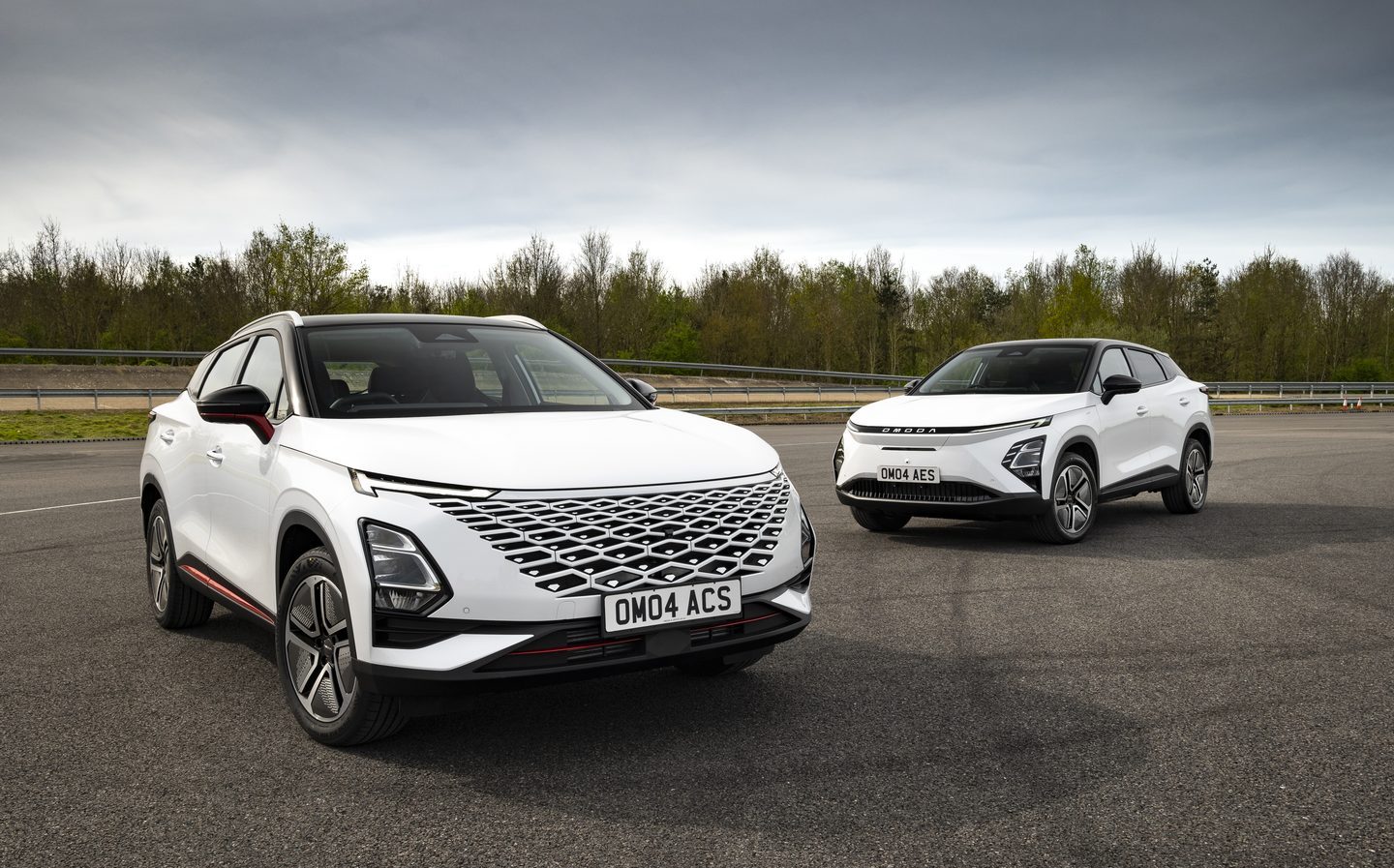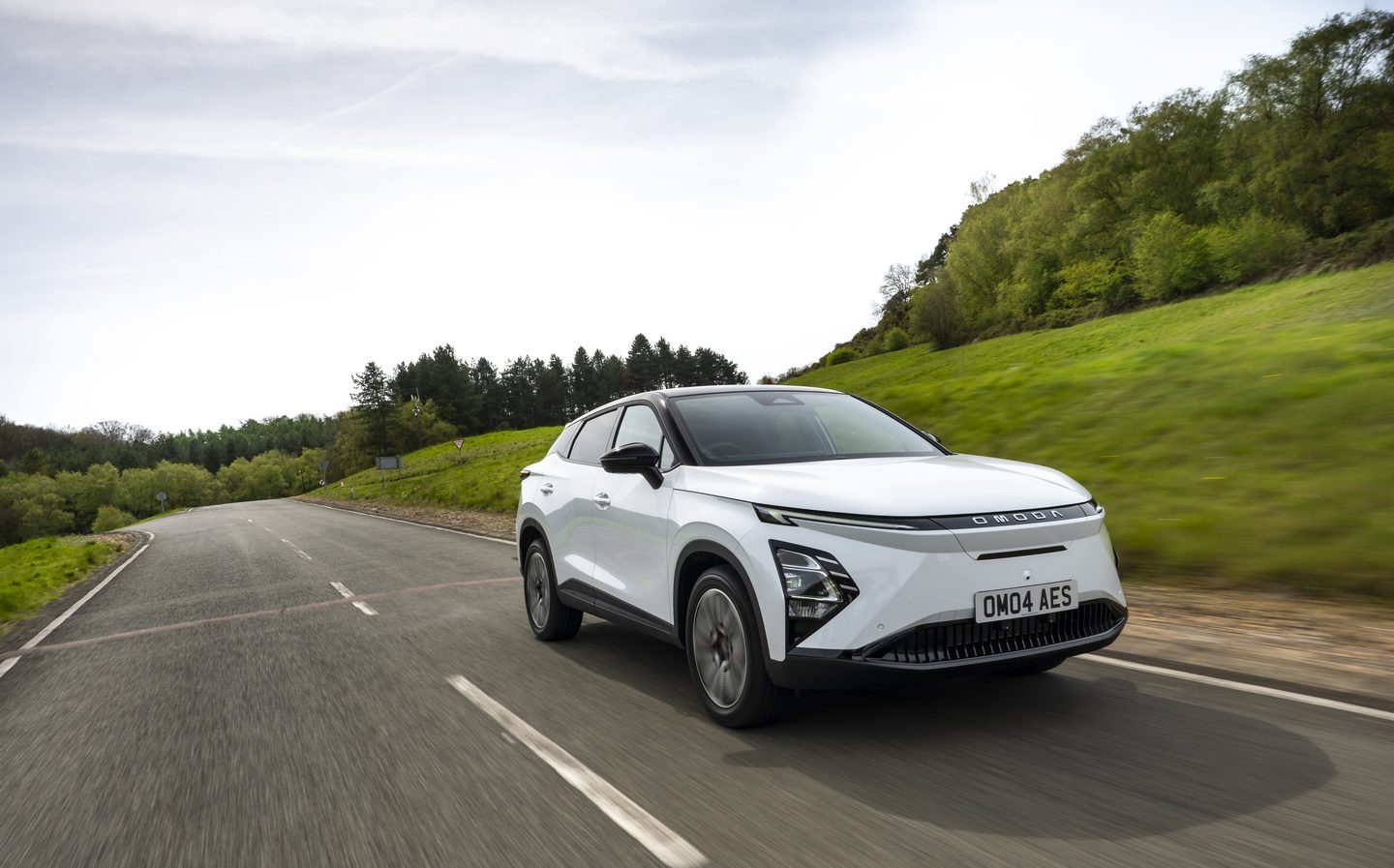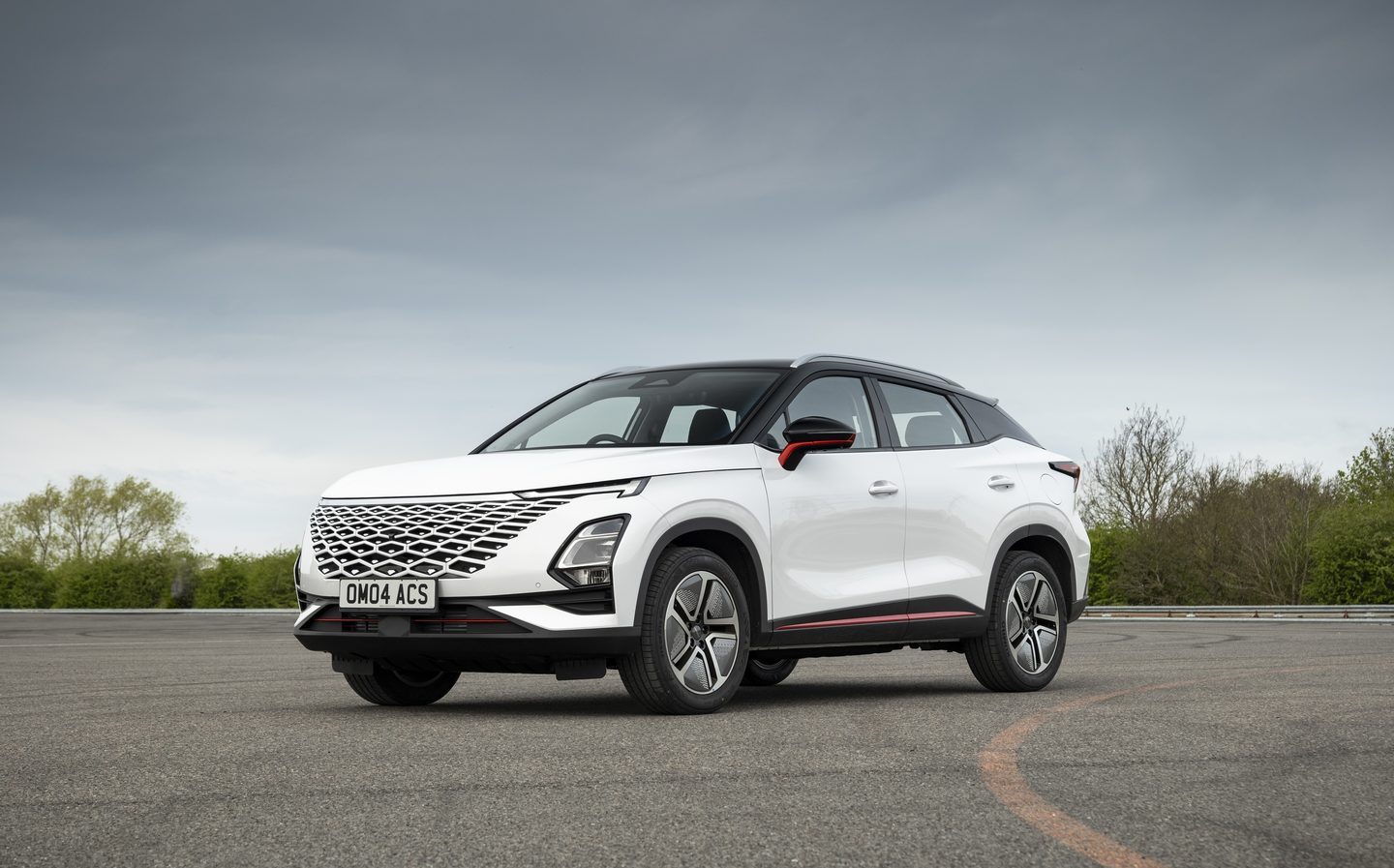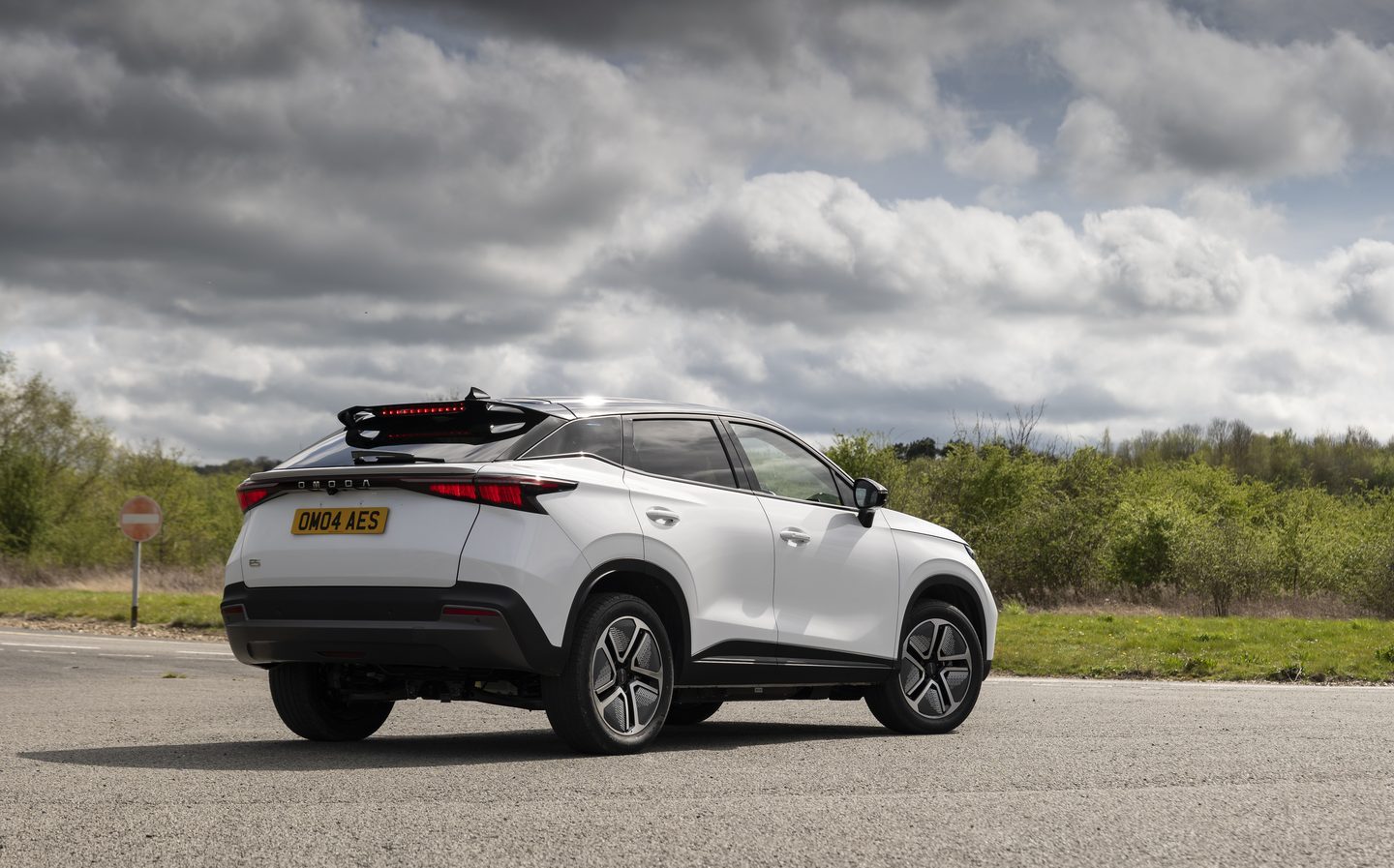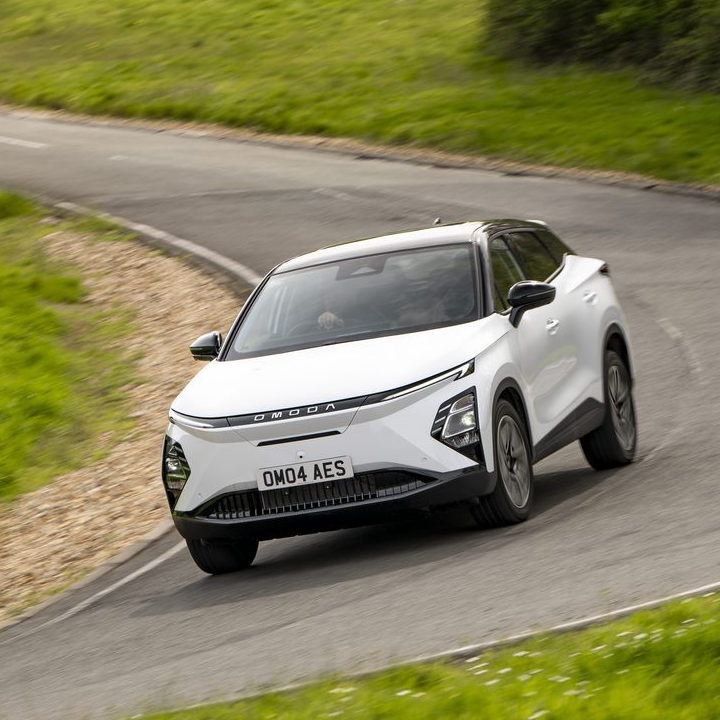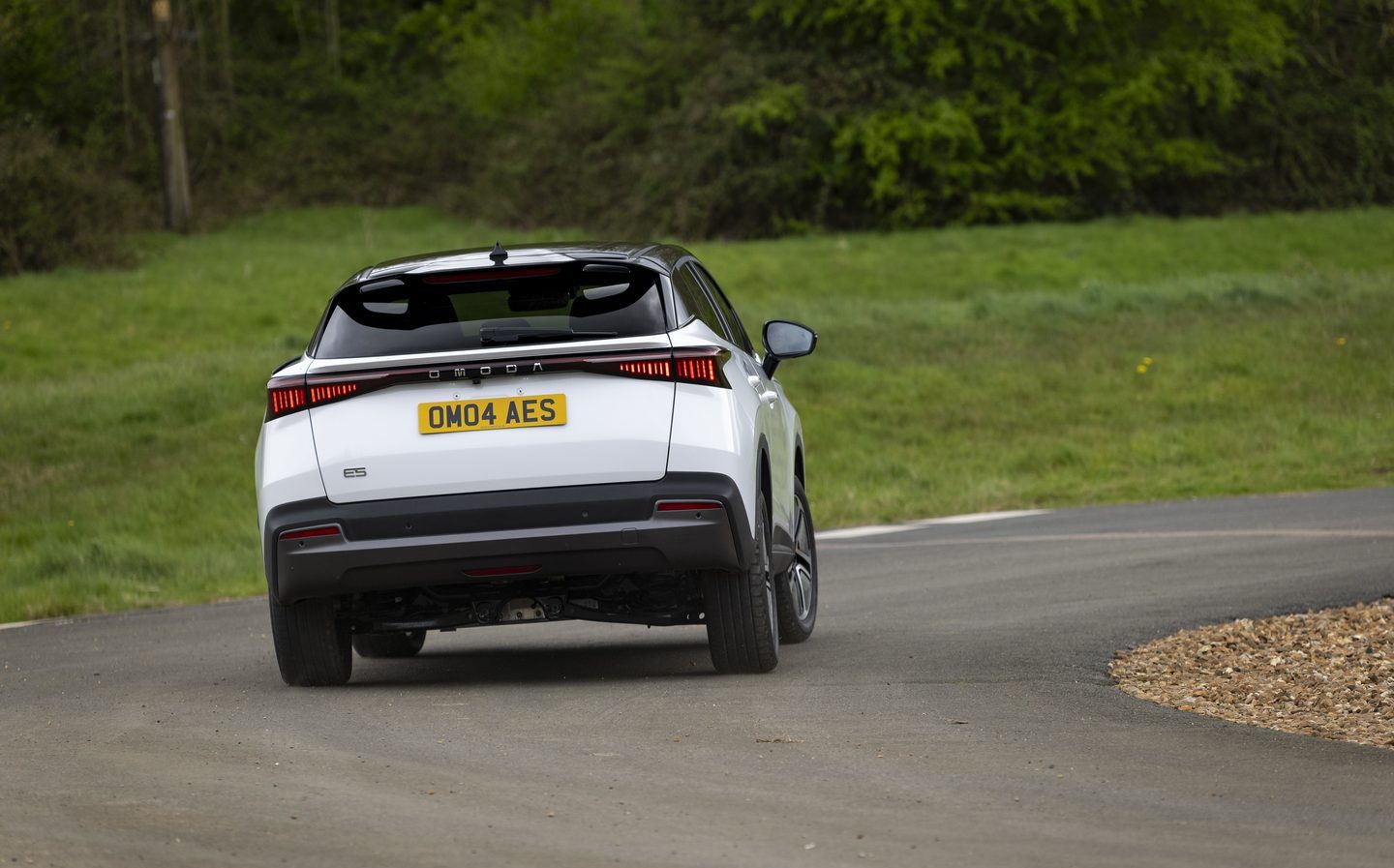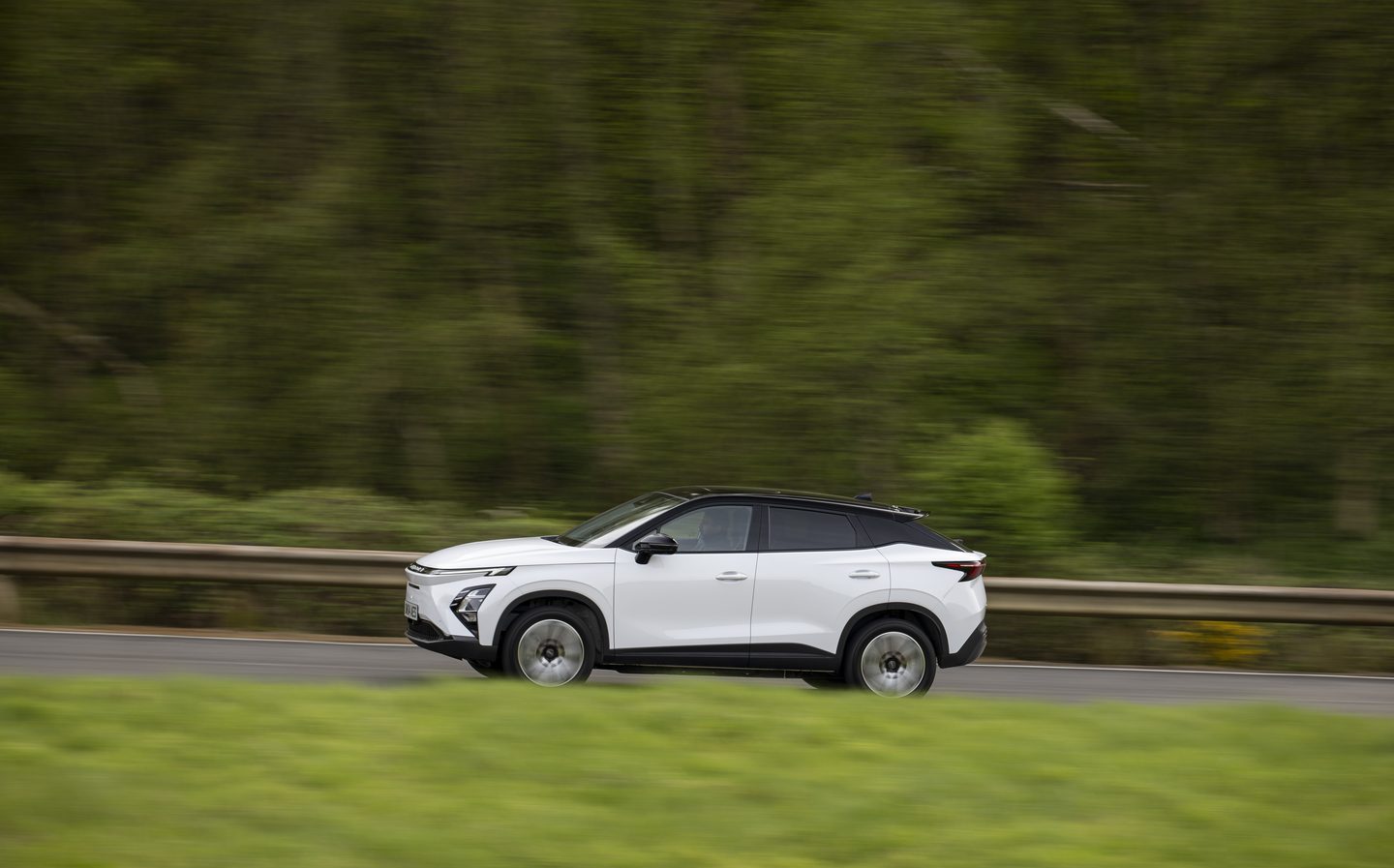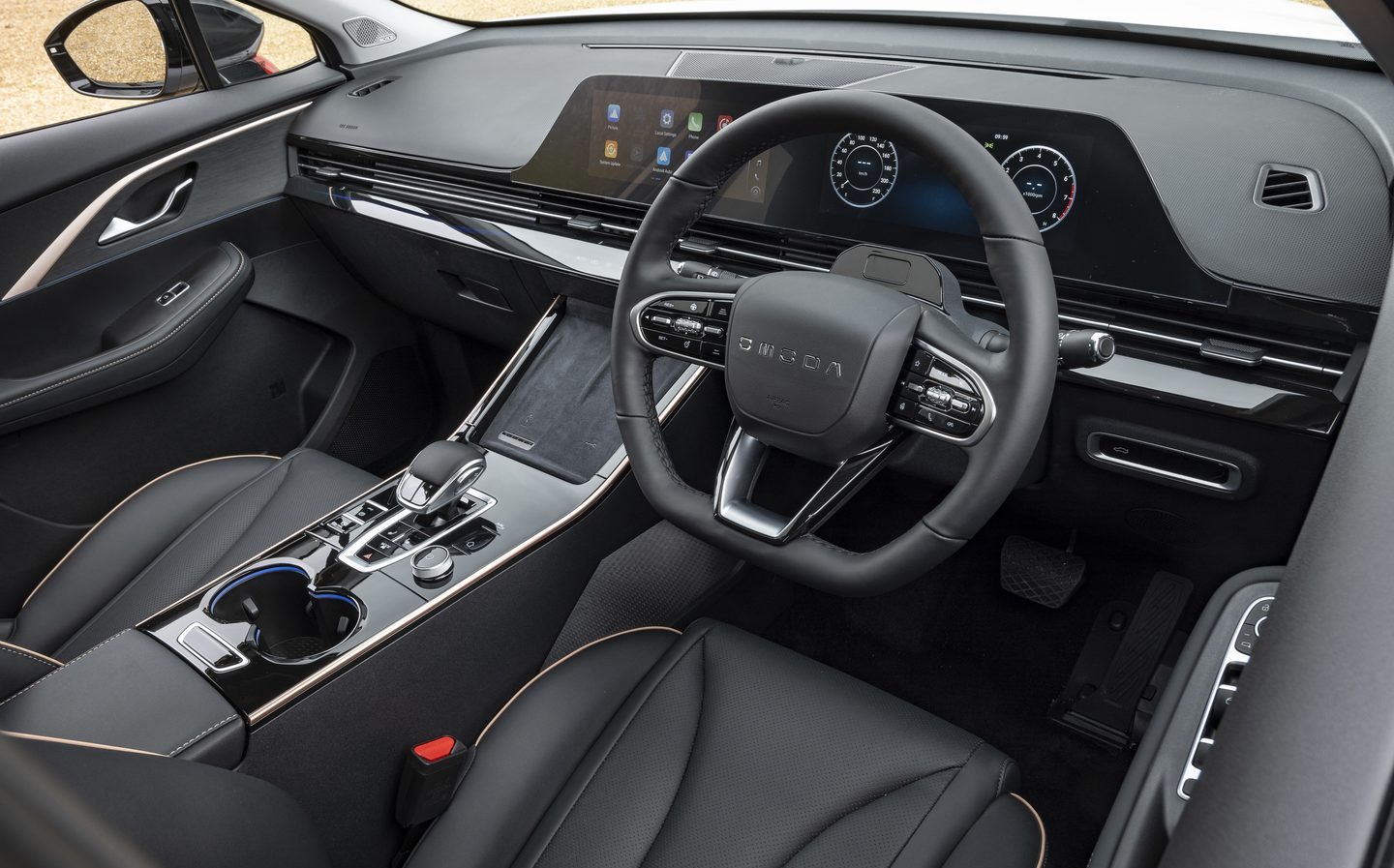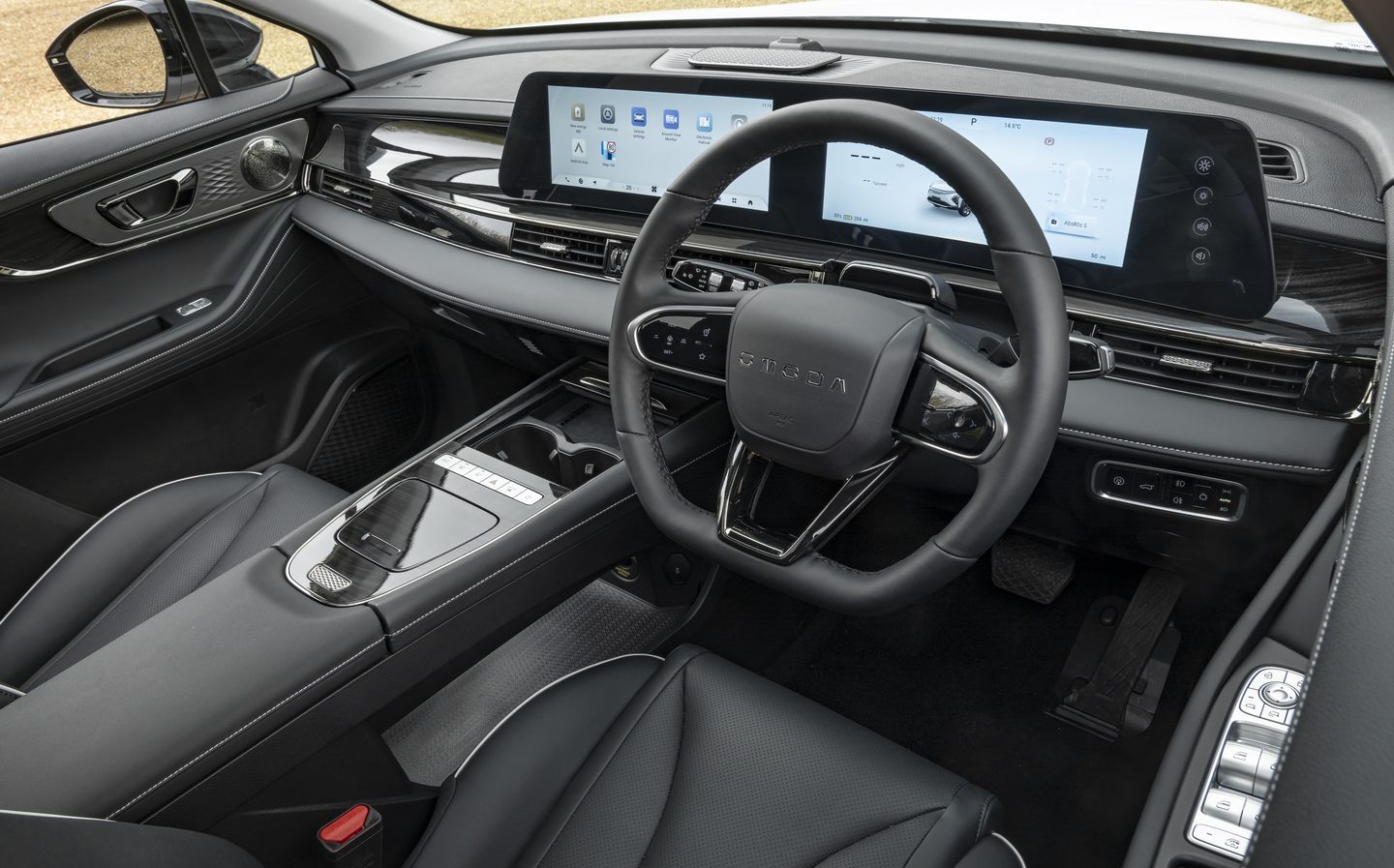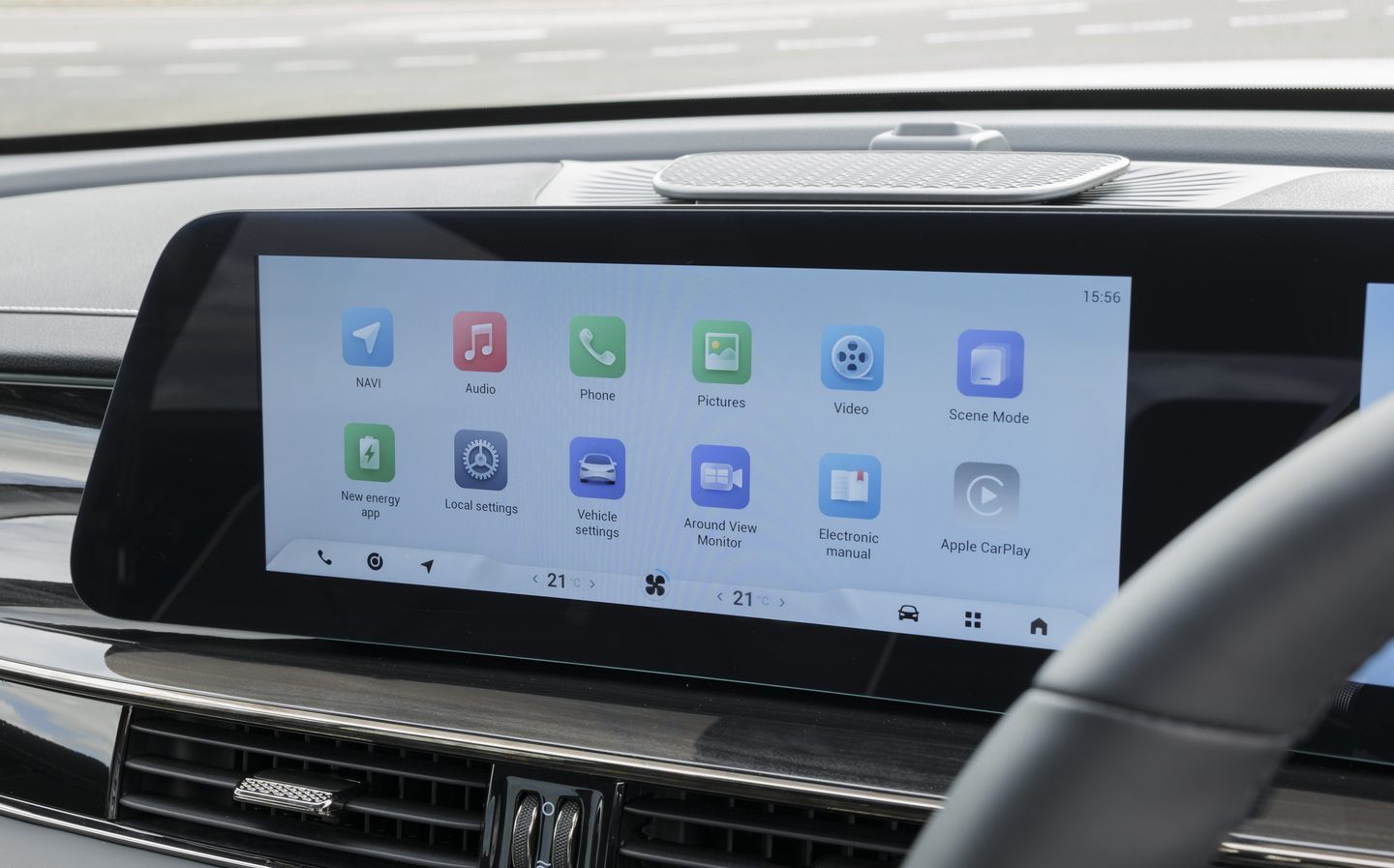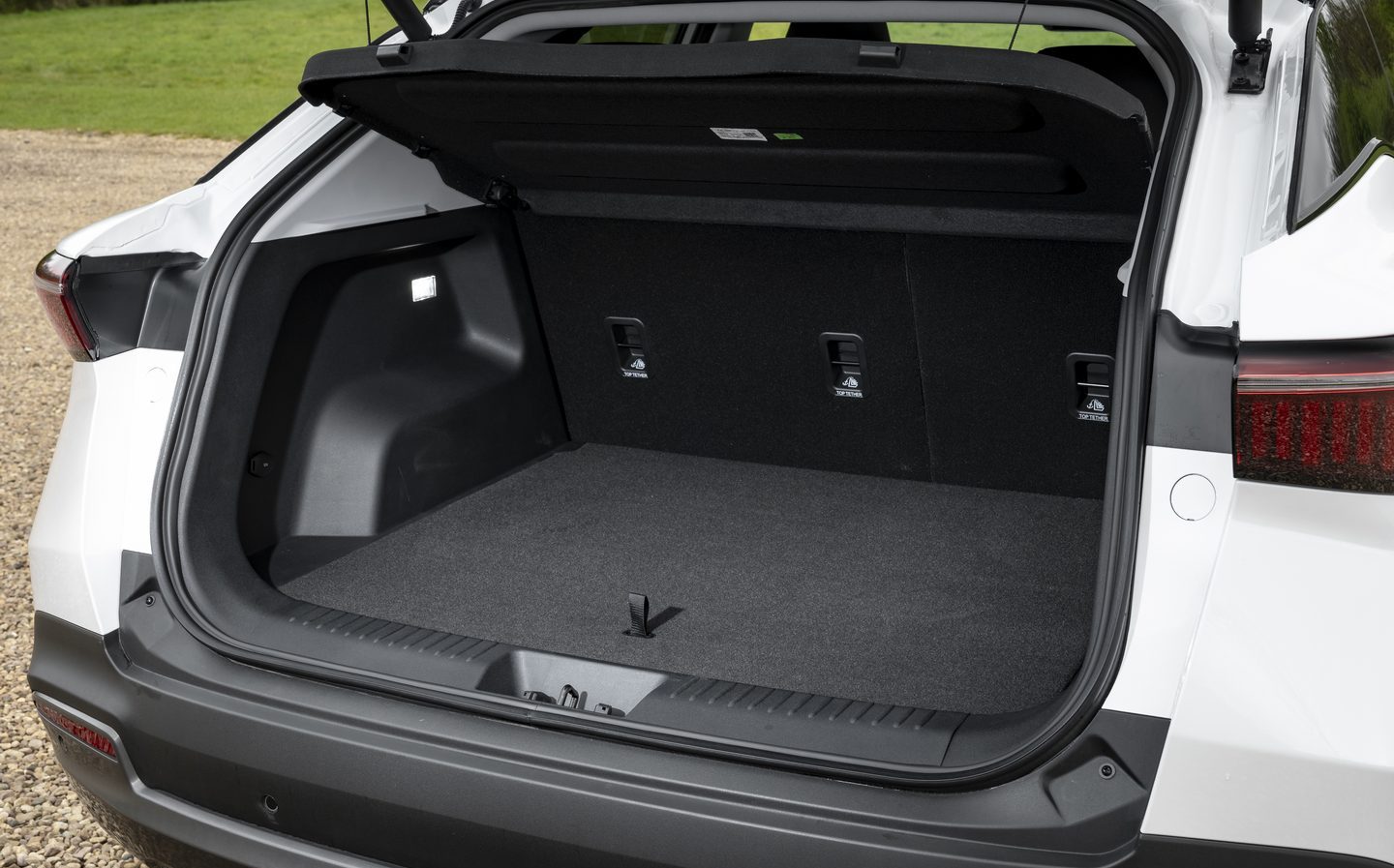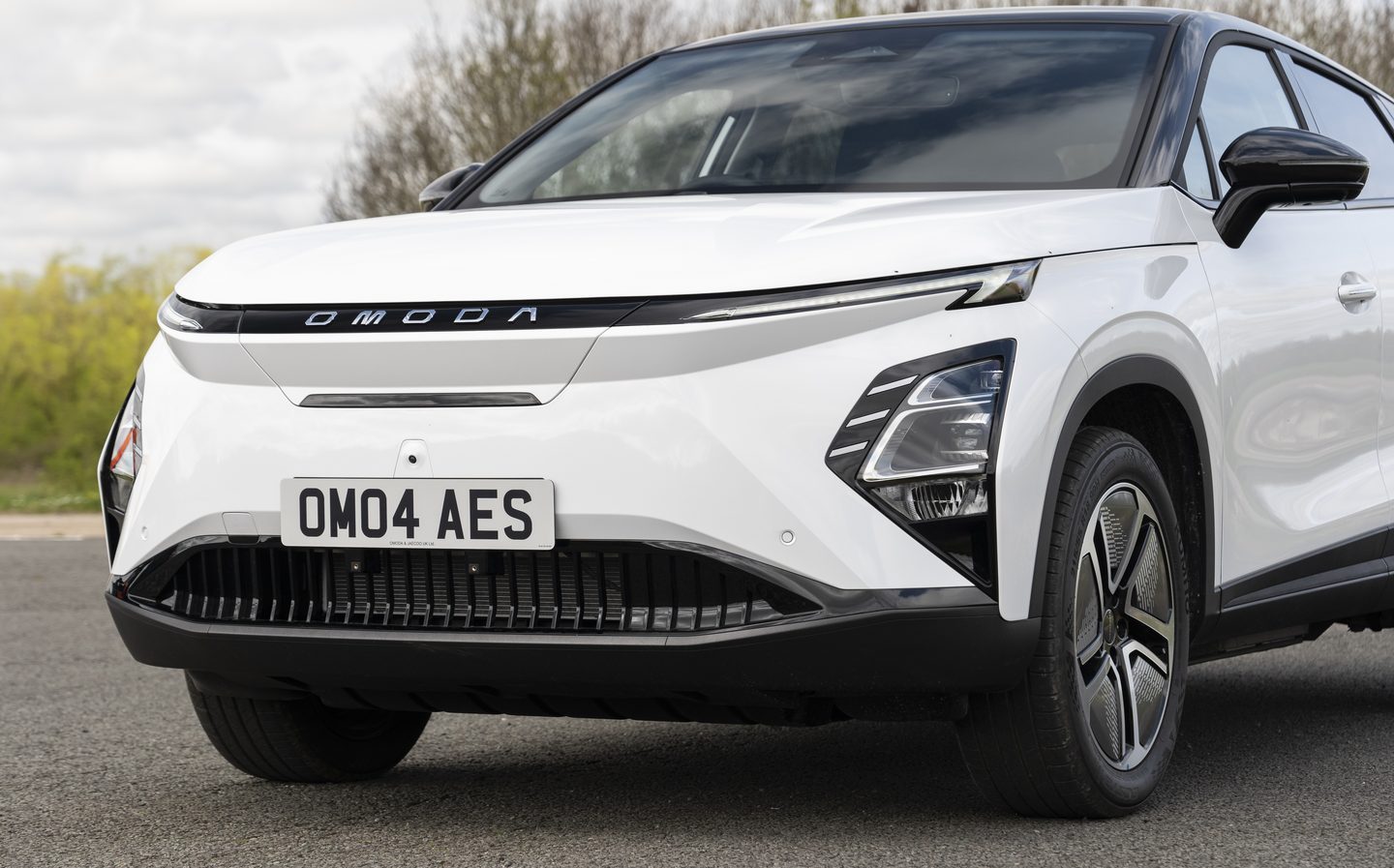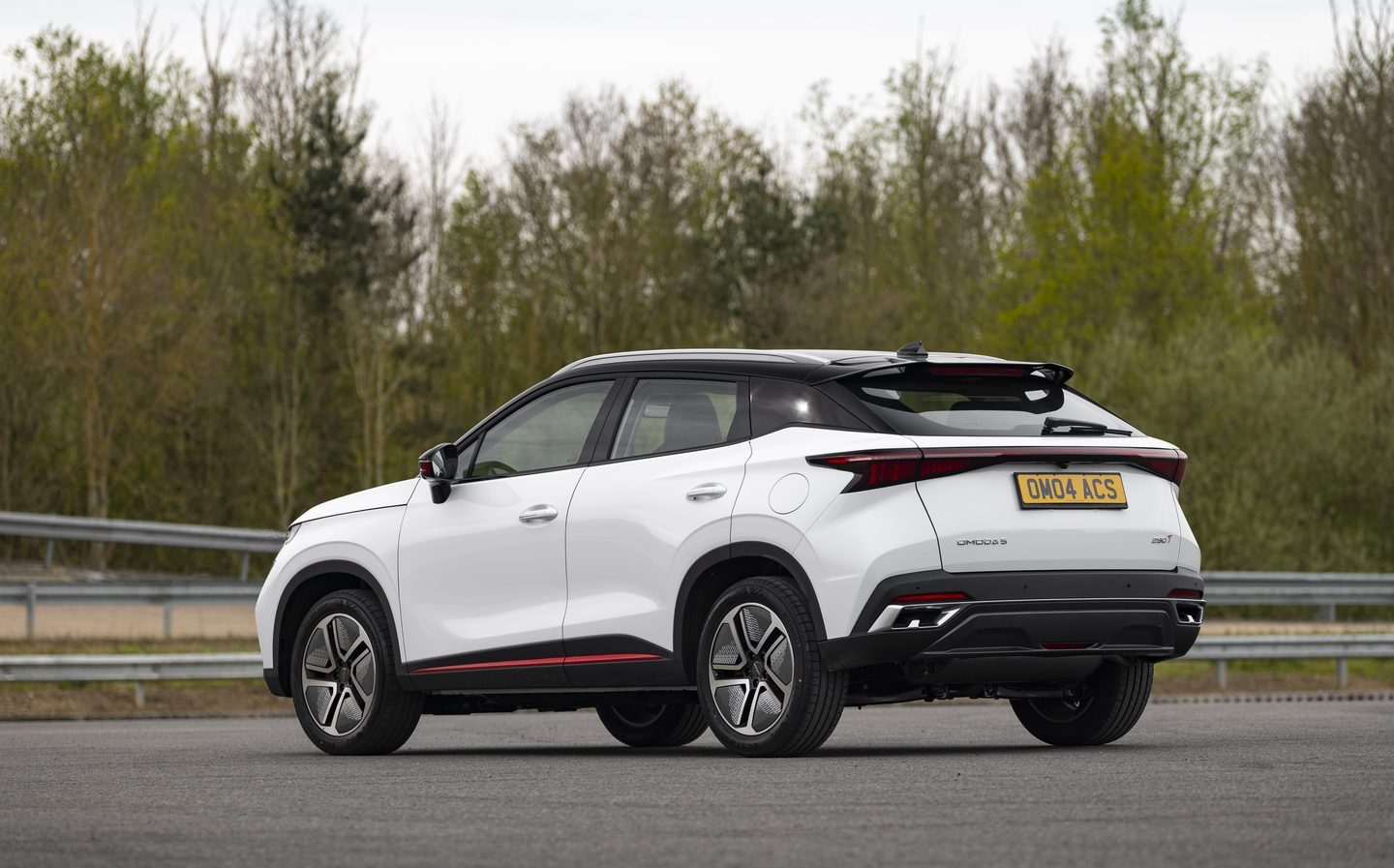Omoda 5 prototype review: Bargain family SUV is solid first effort for new Chinese brand
Can you judge this book by its cover?
Stereotyping is a dangerous game. We’ve all made enough poor decisions in Waterstones — or at least the Kindle store — to know that books should not be judged by their covers. Which is why some readers will immediately dismiss Omoda as another previously unheard-of and underwhelming Chinese electric car maker that wants to undercut the established European and Japanese brands.
And they’d be right to a point. Omoda is indeed Chinese, and like compatriot BYD, it’s here to challenge western rivals on price and performance. But like BYD, this isn’t some two-bit newcomer. Omoda is an export brand of Chery, one of the country’s biggest car makers and exporters, and it has plenty of experience.
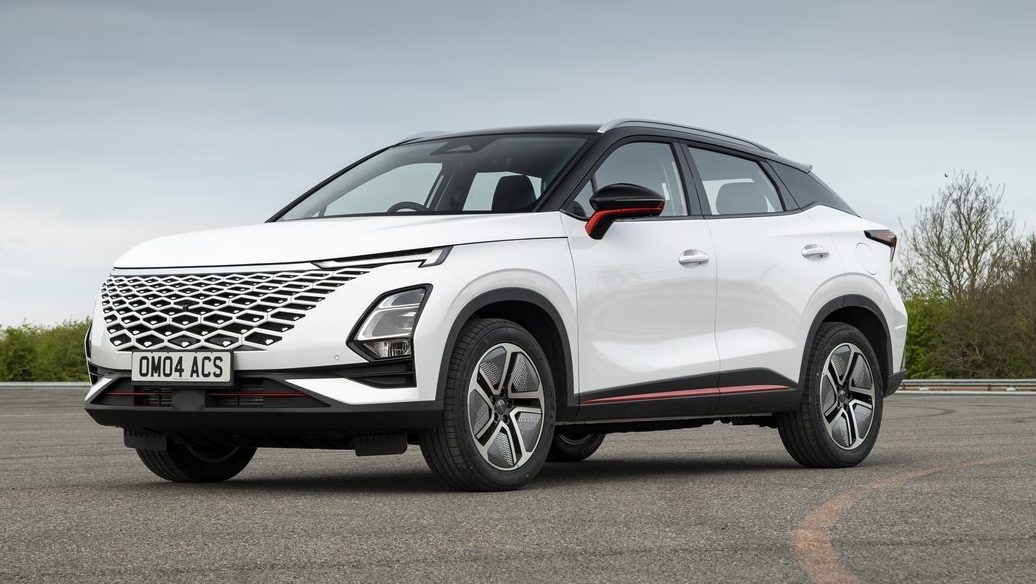
It also has the official backing of the Chinese government, which is quite the bargaining chip, albeit one that may not sit easy with European customers. The Chinese regime has been accused of human rights abuses and even genocide by senior western political figures, and British prime minister Rishi Sunak even said the Chinese regime poses a threat to the UK’s “open and democratic way of life.”
Whatever the human rights situation, the Chinese certainly know a thing or two about manufacturing, and they’re bringing that knowledge to bear in Europe. And not just in the electric car market, either. Omoda is planning to bring a complete range of new cars to market in the UK, including with petrol engines, and it’s kicking off with the new 5 mid-size SUV and its battery powered sibling, the E5.
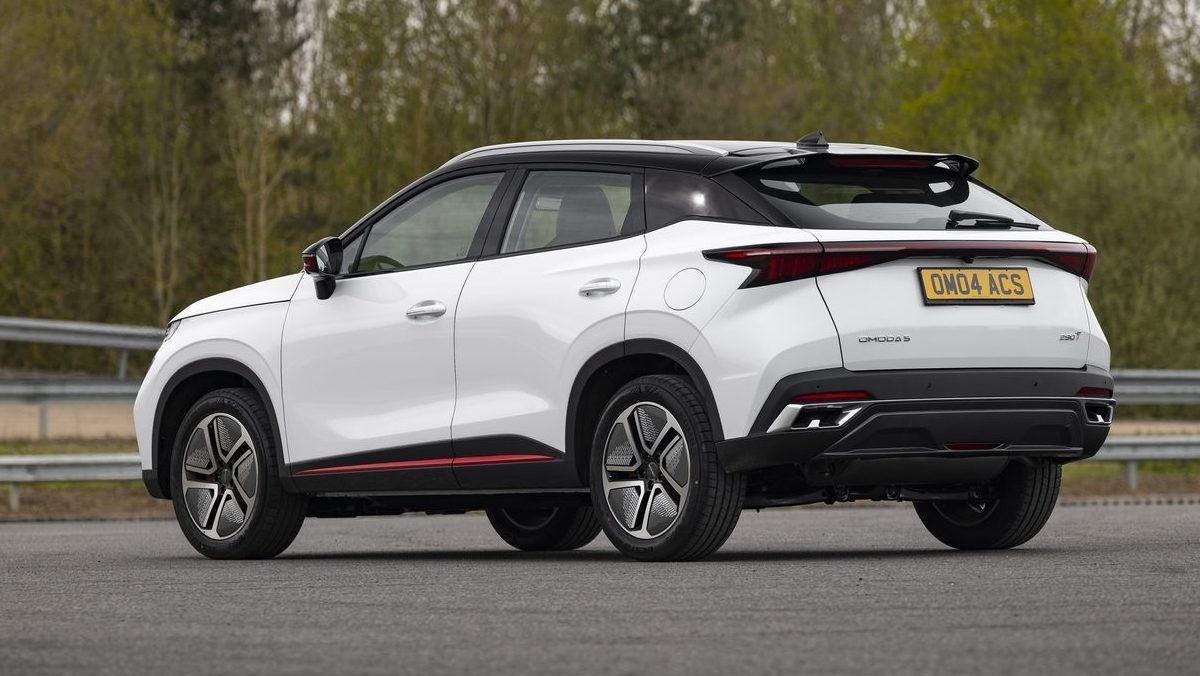
Built to rival the Hyundai Kona and Volkswagen T-Roc, the Omoda 5 is one of the smaller family SUVs on the market, but the design is a mixtape of various European and Asian hits. Take the nose of the petrol model, which bears more than a passing resemblance to that of the Hyundai Tucson, and is it just us that can see some Vauxhall Grandland in the roofline? Copyright law, it seems, is still as vague as ever in East Asia.
However, things are a bit better with its E5 electric sibling. Although the bodywork is largely the same, the E5 gets a more aerodynamic nose that appears a little more individual than that of the standard 5.
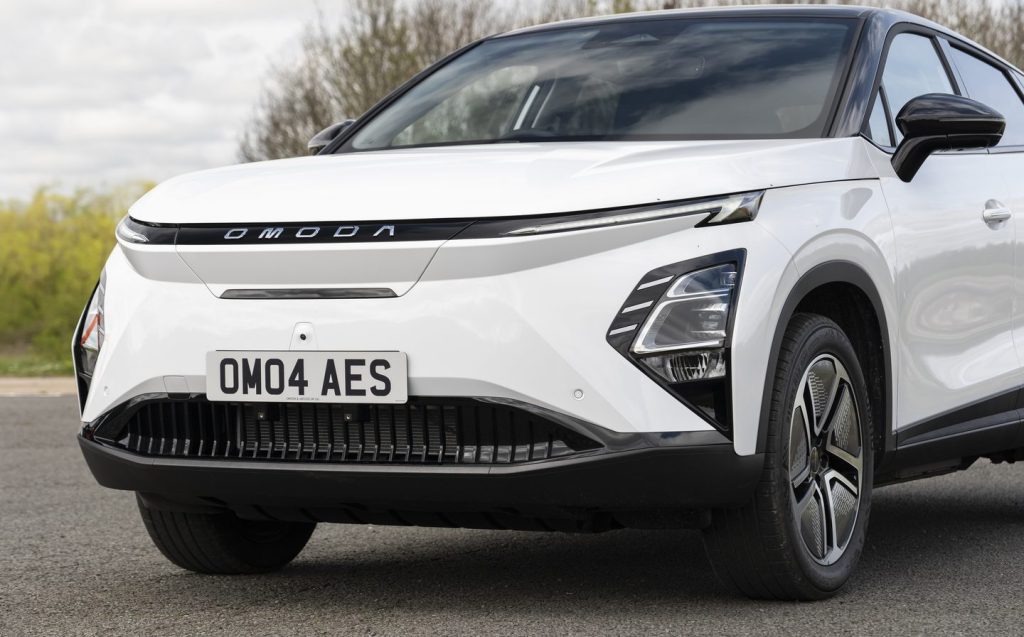
But it’s a return to form inside both cars, where there are quite a few Mercedes-inspired components, including a starter button that looks identical to that of a GLA. Add in similar window switches and even remarkably familiar stitching on the door cards, and it’s clear where much of the inspiration comes from. Still, if you’re going to copy someone, you could do a lot worse than copying Mercedes-Benz.
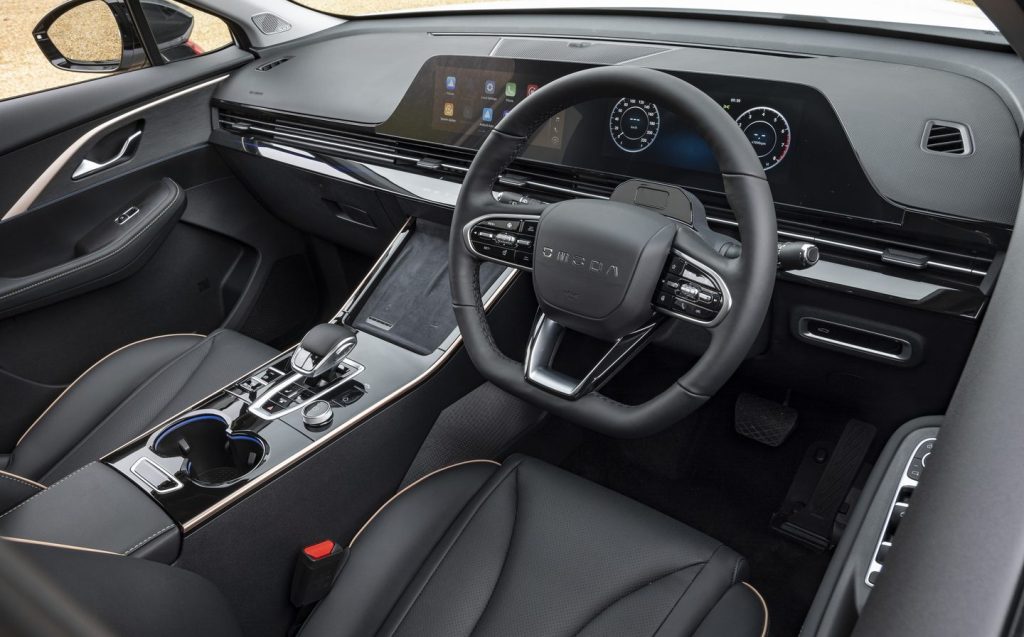
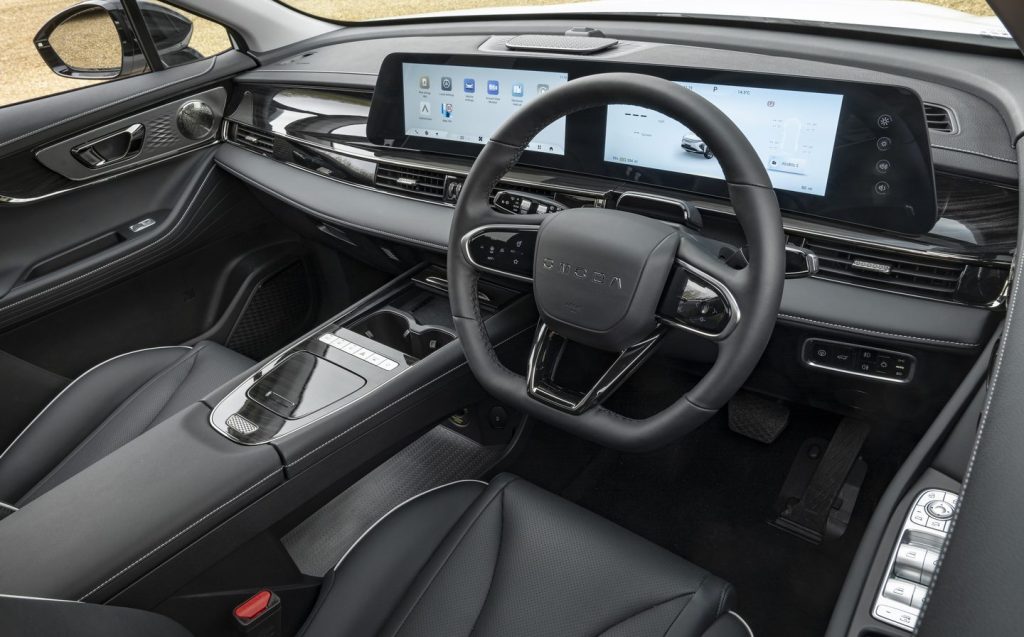
While the Omoda 5 and E5 may have some intriguing similarities to German premium SUVs, they do at least have differing interiors thanks to their own powertrain requirements. The petrol 5, for example, has a conventional gear selector while the electric model uses a stalk for drive selection. That means there are different centre console designs, but with a much cleaner look for the E5 and a necessarily more cluttered image in the petrol-powered car.
However, both get similar kinds of touchscreen infotainment systems, with a fast processor providing crisp graphics and minimal lag, though some slightly unintuitive menus and hidden icons make it less than ideal to use on the move. The instrument display, however, is clear and sharp, putting the vital information right in front of you.
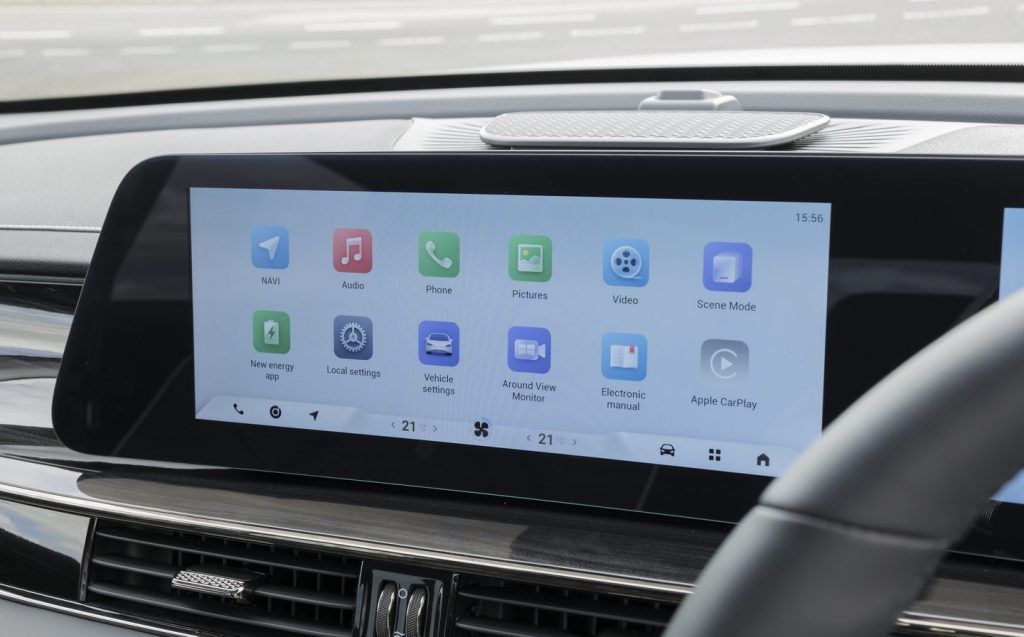
The rate of change in Chinese cars is so fast that these prototypes don’t give us a complete picture of how the systems will look when the final cars become available in the UK. Immediately after we drove the petrol Omoda 5, a man came along with some new parts flown in from China and rebuilt part of the dashboard. And when we say “immediately”, we mean within an hour of us switching off the vehicle.
We do know more about the interior space, however, which is less likely to change any time soon. Surprisingly for Chinese cars, given their domestic market’s penchant for sitting in the back, rear legroom isn’t much more than adequate in the 5, and while headroom is perfectly acceptable, it isn’t much more than that.
Boot space is a bit meagre, too, although the figures we got were from the Chinese market, and UK representatives suggested they weren’t measured to European standards. Maybe they have different rulers in China, in more ways than one.
But even so, the boot didn’t look that big, and we were told to expect a final figure of around 380 litres, which is roughly the space you get in a VW Golf. When a T-Roc offers well over four hundred litres, it’s a slightly underwhelming figure.
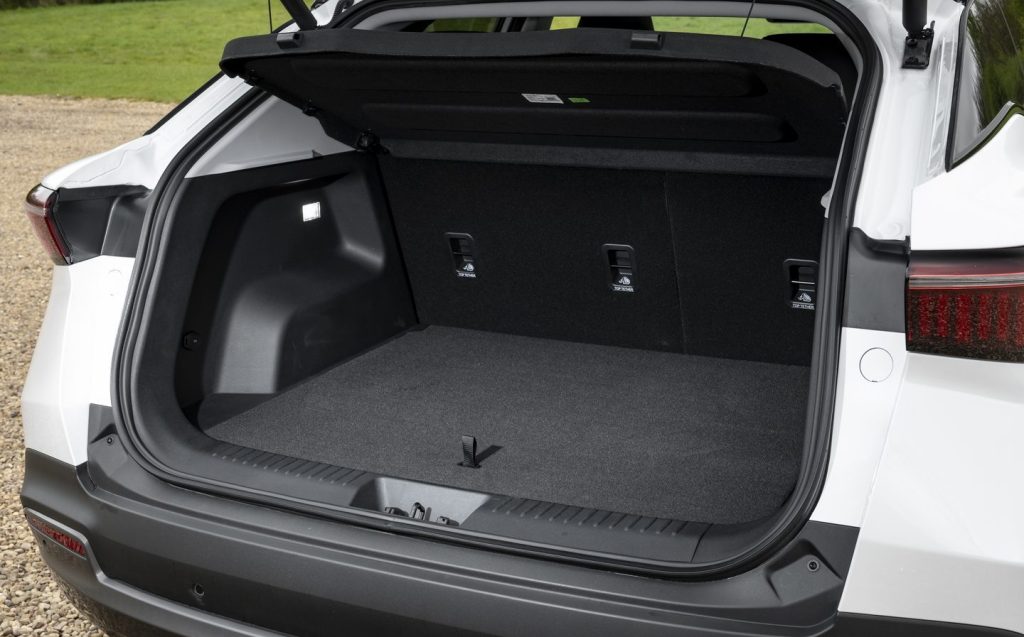
But that’s about as underwhelming as the Omoda gets, whether you choose petrol or electric power. Opt for the former and you get a 1.6-litre turbocharged petrol engine that drives the front wheels through a seven-speed automatic gearbox, while the latter uses an electric motor to drive the front wheels.
Choose petrol power and you get 183bhp, while the electric motor ups that to 201bhp, but the weight difference (around 300kg) means similar performance figures.
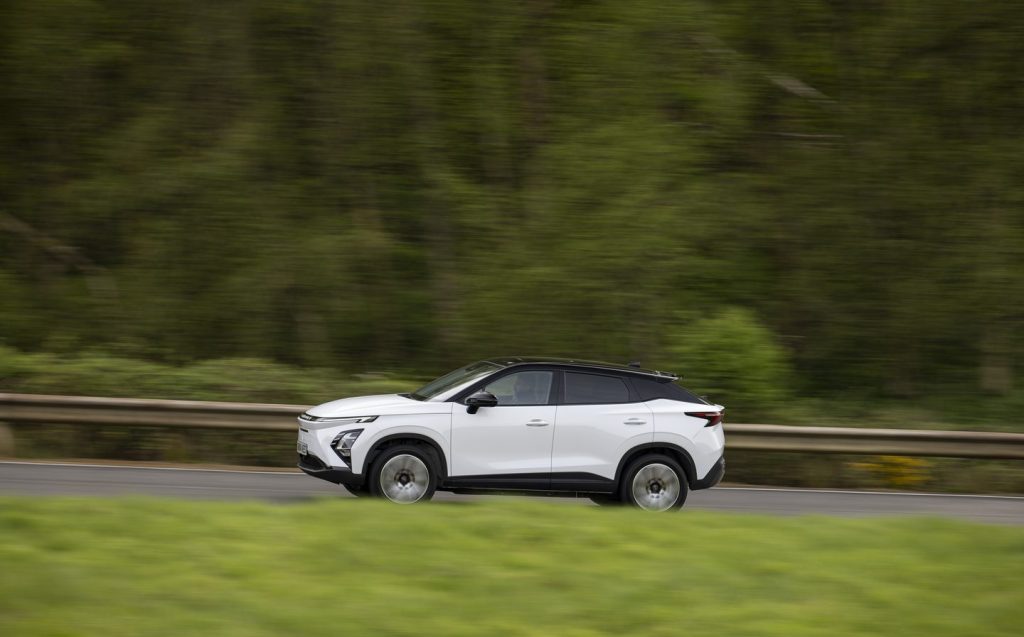
Both cars are nippy enough, streaking from 0-62mph in less than eight seconds and providing reasonable punch in any situation. Though the petrol car’s gearbox feels a bit sluggish at times, particularly at low speeds, it kicks down sharply enough and gives you enough go to overtake, even if it doesn’t feel quite as relentless as the electric option, which just keeps pushing until you hit its 107mph top speed.
Despite that, you can’t really call either car especially sporty. Both have quite smooth and precise steering, and body control is good enough to prevent the cars leaning too much in corners, but they aren’t exactly built for driving pleasure. If we had to choose, we’d say the E5 is more sorted than its petrol-powered sibling, thanks in part to its lower centre of gravity because of the battery in the floor, but the difference is negligible.
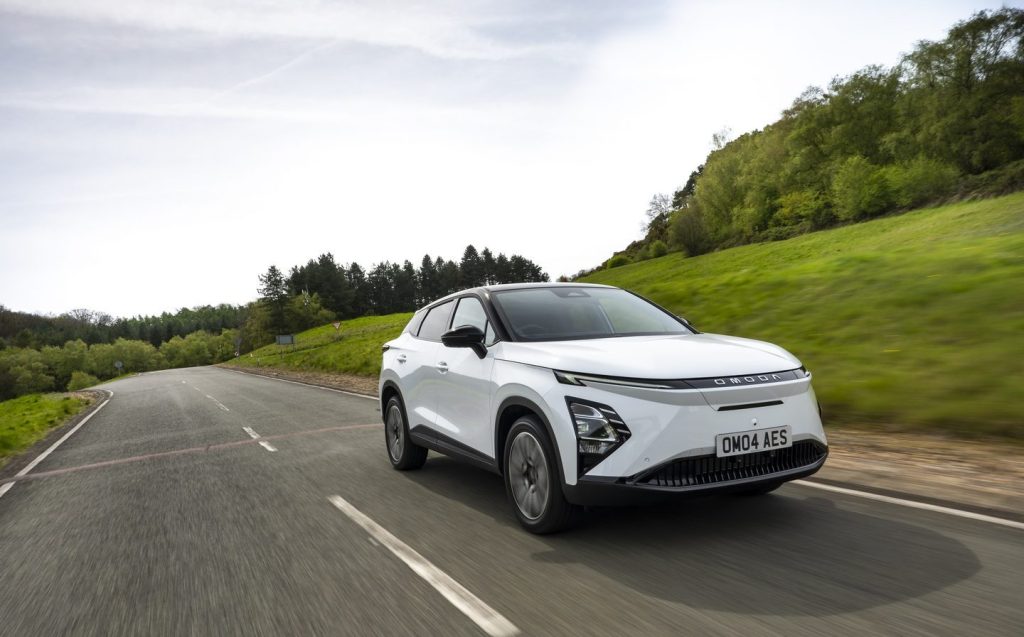
As is the difference in ride comfort. Both are very comfortable and refined at speed — you barely hear a peep of wind noise unless it gets blustery, and road noise is present but far from intrusive — but they struggle a little at lower speed, where imperfections in the surface seem to send little shudders through the car.
That said, there’s plenty of European cars with far worse ride characteristics, and it’s probably very good on smoother continental roads, so Omoda’s engineers in Europe have done a reasonable job, if not a perfect one.
Similarly, the real-world range seems more reasonable than brilliant. The 61kWh-capacity battery provides around 240 miles of range on the official test, but in the real world that looks more like 160-190 miles. Admittedly, our test of a prototype vehicle on a closed proving ground may not be representative of everyday use for owners, but we didn’t see spectacular economy on our test.
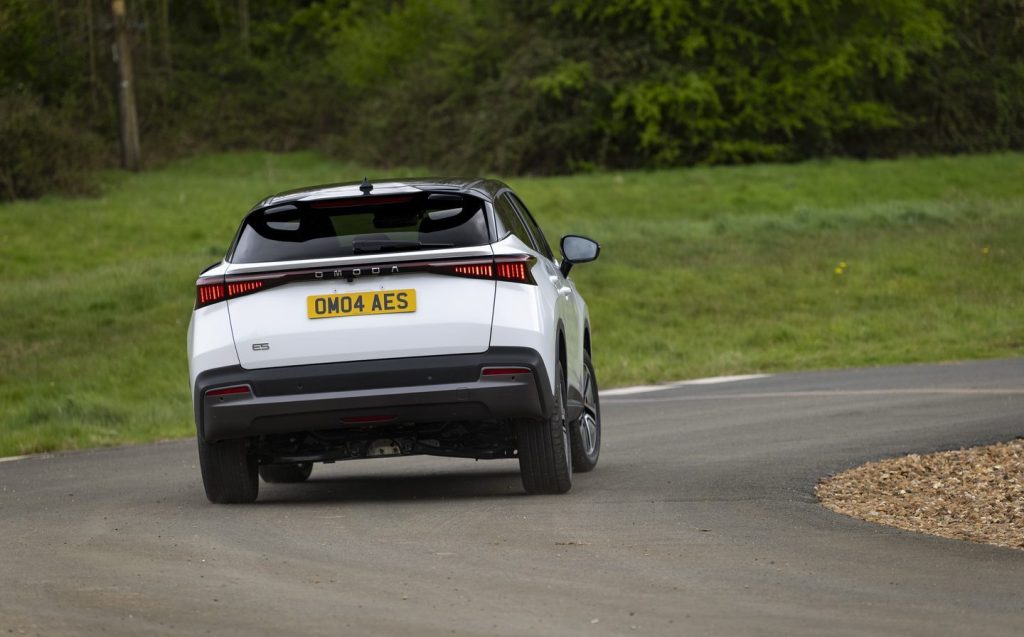
That said, Omoda’s ongoing upgrades and improvements mean we may well see that figure increase as time goes on.
If that kind of range is sufficient for your needs, the relatively small battery should keep charging times acceptable, particularly overnight on a home charging unit, but rapid charging figures leave something to be desired. As is de rigueur, Omoda quotes a 28-minute rapid (max 80kW) charge to 80 per cent full, but whereas that charge level might normally be quoted from 10 or even 20 per cent by other carmakers, Omoda’s time assumes that the battery is 30 per cent full when you plug in. Sneaky.
At the same time, the petrol engine is far from the most economical out there, returning 34.5mpg according to Omoda’s provisional figures. Whether some fine-tuning will see that improve remains to be seen, but we don’t see it saving buyers much money at the pumps.
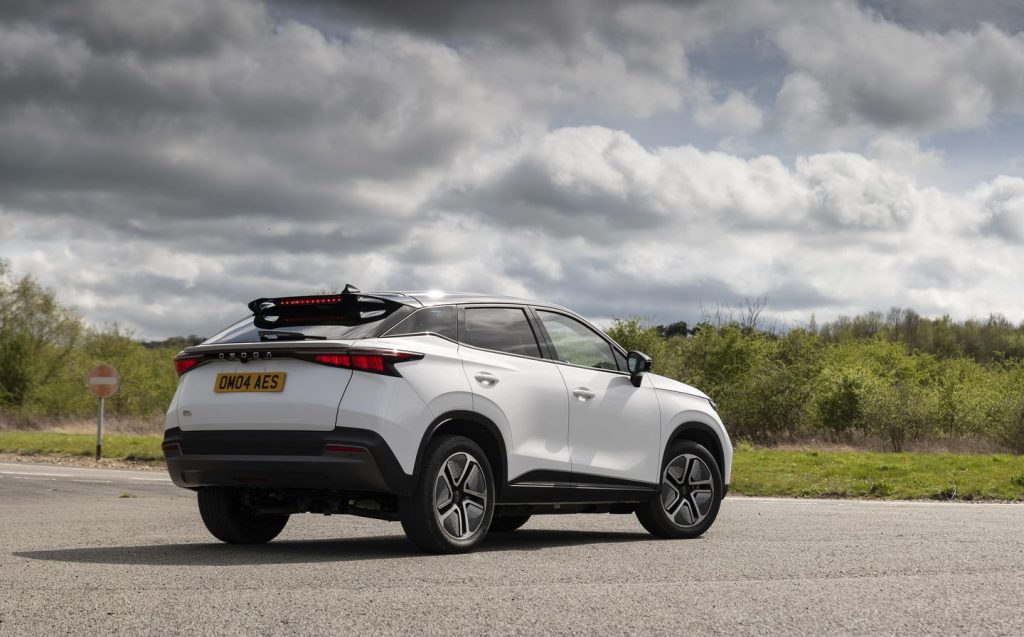
But if the petrol engine will drain your wallet, then at least it’ll have a bulging wallet to drain in the first place. The Omoda 5 will start at around £24,000 in the UK in its cheapest form, and that’s punchy pricing. The cheapest VW T-Roc costs a full £4,000 more, and it only comes with a 1-litre engine. The Kona, meanwhile, also comes with a 1-litre engine and costs about £26,000. As a result, you have to conclude that the petrol Omoda 5 represents excellent value for money.
And the E5 is equally impressive in the frugality stakes, with prices expected to start from around £33,500. For that kind of pricetag, the Omoda is a strong first effort for the new-to-the-UK brand, and a sign of what could be possible if the rate of progression continues.
Whether it’s enough to wean customers off familiar brands — particularly when finance deals may level the playing field in terms of pricing — remains to be seen, but a huge dealer network and a strong seven-year warranty should help on that front.
For our money, it’s not quite there yet, but our test cars were only prototypes and Omoda could well be producing some highly competitive products in the next few years. If you don’t mind buying Chinese, this is a space that demands to be watched.
Chinese car makers
Buyers ought to be aware that Chinese car makers, however independent they claim to be, have been criticised for receiving an unfair advantage through WTO rule-breaking state support, from a regime that Amnesty International reports carries out torture, genocide and routine suppression of dissent.
Related articles
- If you found our review of the Omoda 5 interesting, you might like to read our review of the new Skoda Superb Estate, too
- Want to know what the best-selling cars in the UK are?
- Looking for something more compact? Read our extended test report on the Skoda Kamiq
Latest articles
- Porsche has begun testing the electric Cayenne
- Cupra Leon 272 eHybrid 2024 review: Bigger battery, better tech … but is it a Cupra?
- Porsche 911 GTS 2024 review: Hybrid heresy or more Stuttgart genius?
- Extended test: 2023 Vauxhall Astra Sports Tourer GS PHEV
- Ford Capri revival has faced a lot of flak… but are buyers put off? Here’s what visitors to the Festival of Speed had to say
- Aston Martin Valkyrie AMR-LMH hypercar hits track ahead of 2025 Le Mans challenge
- F1 2024 calendar and race reports: What time the next grand prix starts and what happened in the previous rounds
- ‘No timeframe’ for how long Volvo’s returning estate cars will be on sale in UK
- Kia Picanto 2024 review: Updates add spice to cute Korean city car


